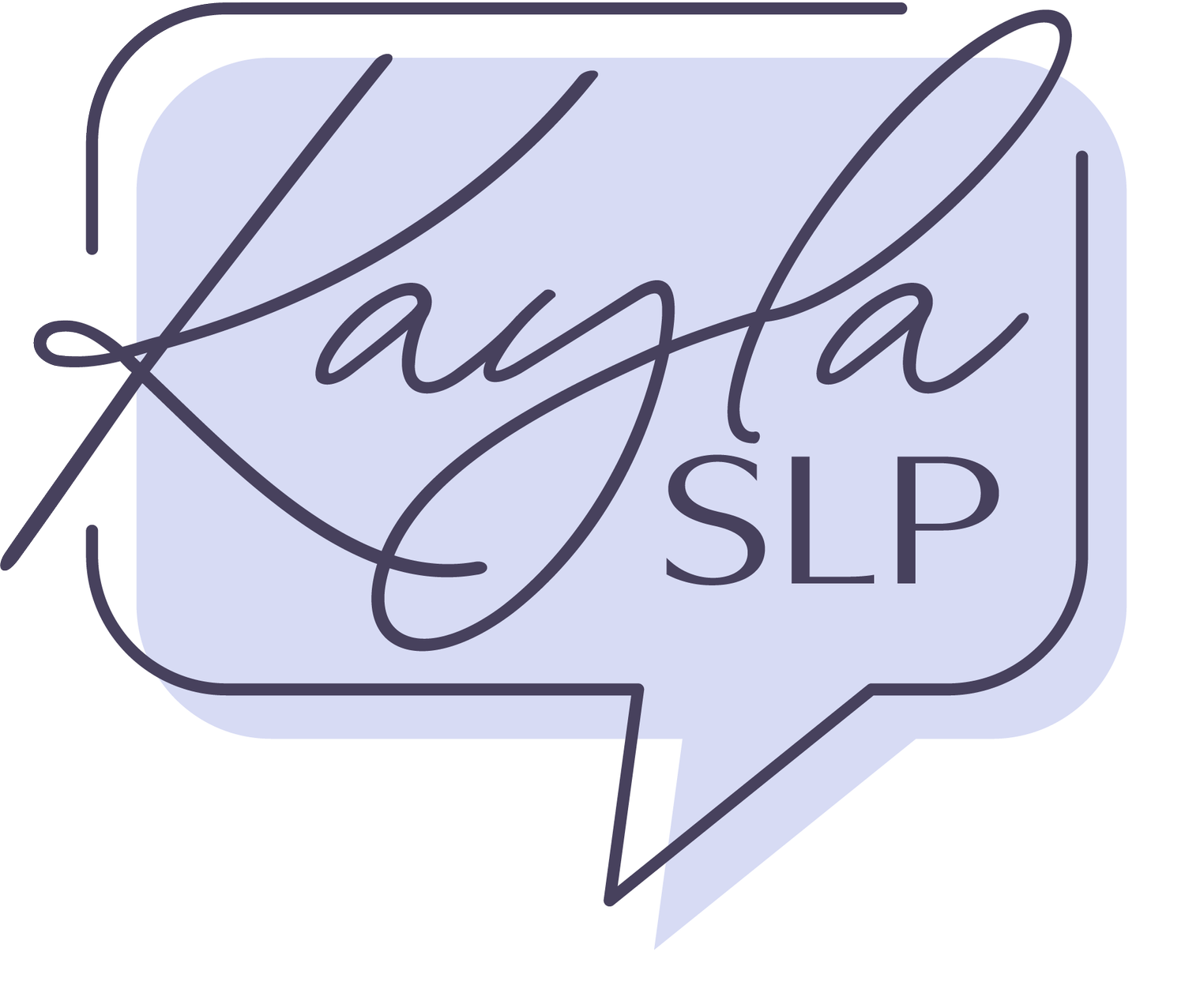Helping Virtual Speech Students Stay Engaged
Many speech-language pathologists working in teletherapy face a common challenge: students who have trouble attending to tasks during virtual sessions. It’s not unusual for young learners, especially those with attention difficulties, to leave the screen or become disruptive when activities feel too still or repetitive. Here are some practical approaches to keep your students engaged, motivated, and actively participating.
Use a Visual Choice Board with Built-In Movement
Kids love having choices and feeling in control. Creating a visual choice board that includes both traditional speech tasks and movement-based activities helps maintain their interest. For example, alongside naming tasks or articulation drills, offer options like:
Jumping jacks for 30 seconds
Touching their toes five times
A quick dance break
This approach breaks up the session with energizing activities that release pent-up energy, making it easier for students to refocus when it's back to the screen. They visually see the options and can pick what feels fun, which increases buy-in and decreases avoidance.
Integrate First-Then Routines and Set Clear Behavioral Expectations
Clear expectations reduce confusion and help kids understand what’s coming next. Using a first-then routine, such as : “First we do this task, then we get a movement break”, provides structure and motivation. This can be communicated visually on the screen or with physical visuals shown on camera (or kept in the classroom).
Pair this with clear behavioral expectations, such as “I will stay on the screen until my timer goes off” or “I will use my quiet voice during tasks.” Be consistent with these rules and gently remind students as needed. Combining predictability with incentives helps students manage their impulses and stay engaged longer.
Incorporate Digital Spinners and Gross Motor Articulation Games
Interactive digital tools are wonderful for virtual sessions. Spinners add an element of surprise and excitement, especially when used to select tasks or target words. You can create a spinner with different articulation sounds or language goals, spinning it to decide what comes next. My free “Would You Rather” spinners are always a hit for a variety of goals and ages.
Adding gross motor articulation games where students produce a target sound while performing a movement makes speech practice dynamic and multisensory. For instance, a student might say a word with the “s” sound while doing arm circles or marching in place. This combination not only supports articulation but also appeals to kinesthetic learners and reduces restlessness.
So, in conclusion…
When virtual speech students struggle with static tasks, blending choice, movement, clear rules, and digital interactivity can improve your sessions. These strategies keep kids actively engaged, minimize disruptions, and ultimately support better speech and language outcomes. Plus, everyone has a little more fun along the way!
Love this post?
Pin it for later!
Save this blog post to your favorite Pinterest board so you can come back to it anytime.


